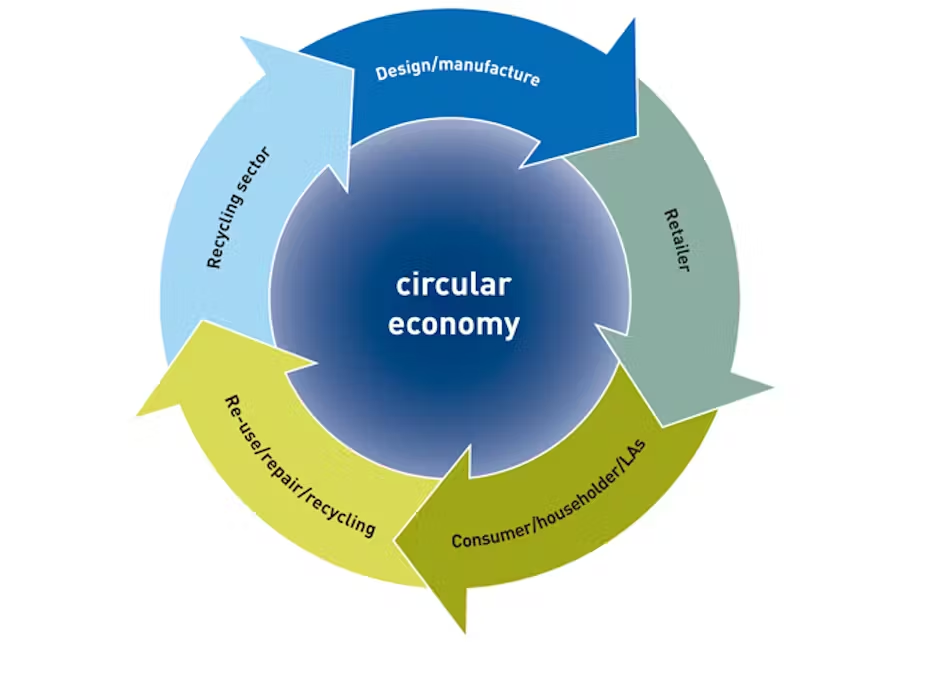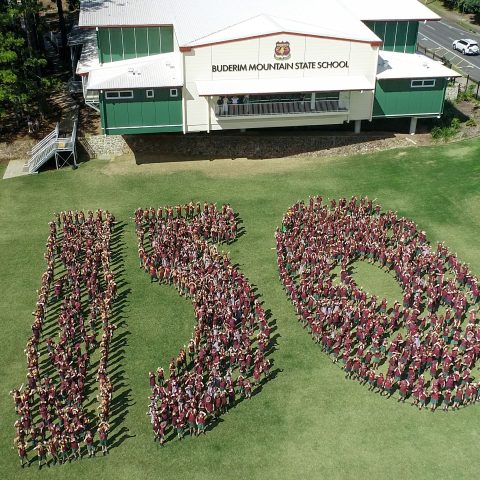Our PR Director, Michelle Smytheman, is passionate about helping emerging professionals in the communications industry and teaches at the University of the Sunshine Coast. As part of an assessment task this year, there have been some excellent blogs written by first-year students about emerging business trends. We are proud to share their work.
By Aliesha Boonman-Burns
 Hey there, eco-conscious readers! Welcome to a world where resources never go to waste, where old things get a new lease on life, and where the way we consume is transformed. There’s a game-changing trend on the horizon that’s all about turning things around (quite literally)! We’re diving into this exciting concept of a circular economy, and trust me, it’s not just another buzzword. Get ready to discover how the circular economy is the superhero we’ve been waiting for, swooping in to make our world more sustainable. Stick with me as we break down the idea behind it and unveil how it’s set to create a brighter, greener future for us all.
Hey there, eco-conscious readers! Welcome to a world where resources never go to waste, where old things get a new lease on life, and where the way we consume is transformed. There’s a game-changing trend on the horizon that’s all about turning things around (quite literally)! We’re diving into this exciting concept of a circular economy, and trust me, it’s not just another buzzword. Get ready to discover how the circular economy is the superhero we’ve been waiting for, swooping in to make our world more sustainable. Stick with me as we break down the idea behind it and unveil how it’s set to create a brighter, greener future for us all.
WHAT IS A CIRCULAR ECONOMY ?
Amid growing worries about the environment, the concept of a circular economy has emerged, offering a more sustainable way of consumption compared to our usual “use and toss” approach. To grasp what a circular economy is, let’s first understand and break down how things currently work. Right now, our economic system can be described as a “linear economy”, structured around a process of sourcing natural resources, converting them into goods and then discarding as waste.
Now imagine a circular economy as a smart plan to better handle our waste. Unlike the traditional linear “take-make-dispose” model, the circular economy aims to create a closed-loop system where products, materials, and resources are kept in use for as long as possible. Instead of always making new things, we’d focus on making the most of what we already have, replacing production with sufficiency: reuse what you can, recycle what cannot be reused, repair what is broken, and remanufacture what cannot be repaired.
WHY IS IT IMPORTANT ?
Currently, only 7.2% of the global economy is circular, which places a substantial strain on the environment and adds to the challenges we face with climate change, biodiversity loss, and pollution. The main aim of the circular economy is to make a positive impact on our environment, without using up or overwhelming its resources. This approach brings along several ecological benefits. For instance, it helps in reducing the release of harmful greenhouse gases, and keeps our soil, air and water healthy.
In the book “The Circular Economy,” Walter Stahel highlights how a circular economy can drive environmental sustainability. He examines a study conducted across seven European countries, revealing that implementing a circular economy could cut down greenhouse gas emissions by up to 70% and even generate a 4% increase in the workforce.
WHAT ARE SOME EXAMPLES OF CIRCULAR ECONOMY ?
Circular economy ideas work in many areas including clothing, construction, and electronics, and can be used at different stages throughout a product’s lifecycle, from design, manufacturing, distribution and disposal. In fashion, regenerative agriculture can be used to produce organic fibres with natural dyes, creating higher-quality garments. This also extends the longevity of clothing, enabling repairs, thrift shopping, and recycling.
When it comes to construction, circular solutions mean using fewer new materials, reusing things we already have, or swapping out materials that are bad for the environment with better options like wood.
Other examples of a circular economy include electronic refurbishment, biodegradable packaging, and utilizing animal waste for biogas.
HOW BUSINESSES HAVE USED SUSTAINABLE MARKETING TO ADOPT A CIRCULAR ECONOMY :
These days businesses are contributing to a circular economy by adopting sustainable marketing strategies that align with environmentally friendly practices, such as designing longer-lasting products, encouraging recycling and reusing, and promoting repair services.
Fast food is a huge industry, but the containers they come in can be a problem for the environment. Burger King (or Hungry Jacks in Australia), a popular fast-food chain, has come up with an idea to tackle this issue by introducing reusable containers for their food and drinks. From next year in places like New York, Tokyo, and Oregon, customers will soon be able to purchase their meals in these reusable containers. The customer will pay a small extra fee initially, which they’ll get back when they return the food containers. These containers are then cleaned and processed through a zero-waste e-commerce system called Loop.
THE WRAP UP
As we’ve explored throughout this journey, the circular economy offers us more than just a way to manage resources – it’s a philosophy that challenges us to rethink how we live, produce, and consume. By embracing circular practices, businesses are aligning with environmental sustainability goals and responsibility. As consumers, our choices can shape the course of this transition by supporting companies that prioritise longevity, reusability, and reduced waste. How do you think you can contribute to a circular economy?




